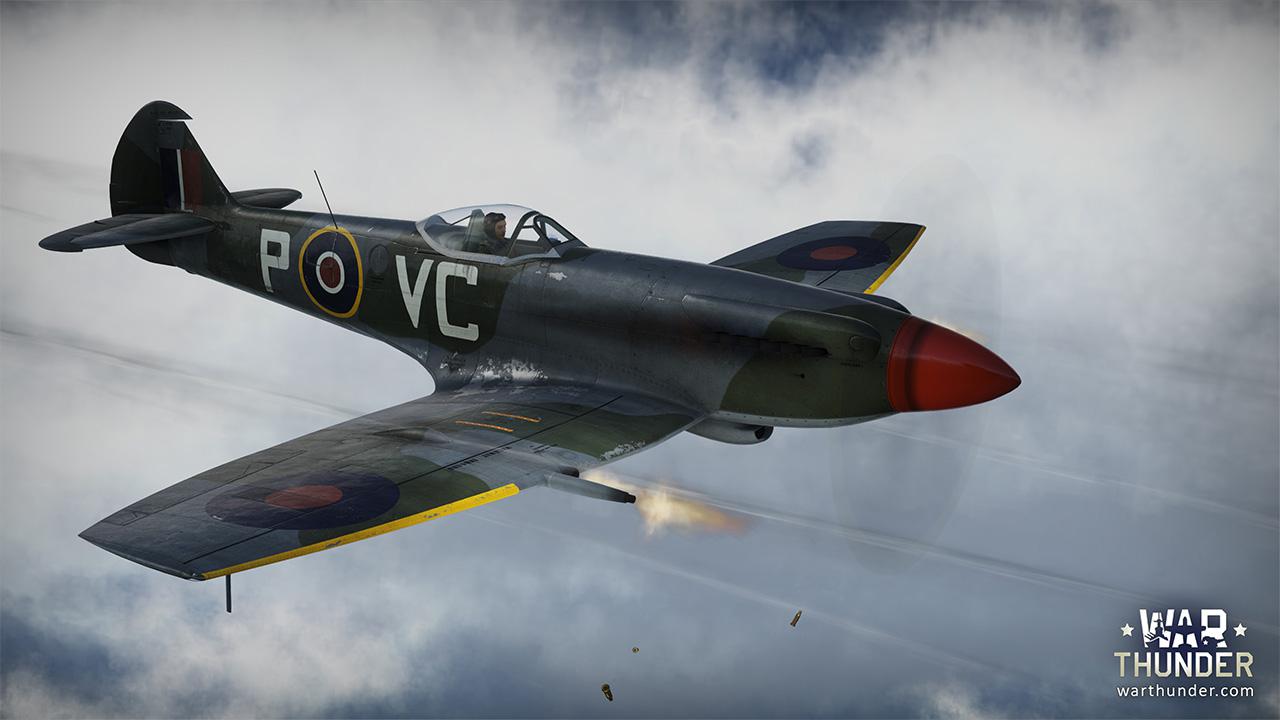


Quite agile at medium and higher speeds.American jets are the biggest issue: your best bet is to bait them into turnfighting or losing their energy, where they are most vulnerable. They also have very little ammunition and low speeds. Soviet jets also suffer above about 5,000 m. Once they have lost their speed they are incredibly vulnerable due to their atrocious acceleration, which you can exploit and quickly gain on them. You can bait them up and energy trap them.

German and Japanese jets tend to have horrific performance at altitudes exceeding 4,500 m. Jet fighters: they are strong, though not infallible.Alternatively, you can take out the tail controls to disable a bomber (this however requires a rearward engagement which is most dangerous). For these, you should take out the pilot or destroy the wing-tips to cause the bomber to fall into a flat spin. 4-engine bombers only need 2 or 3, so aiming for the engines is ill-advised. A two-engine bomber requires both to remain aloft, take one out and it will surely die. Most bombers only have a single defensive armament in the nose and above and below are typically gunner dead-zones or entirely unarmed. Closing in from behind or the sides, you are exposing yourself to a barrage of heavy machineguns and autocannons which will shred your flimsy airframe. If you must engage a bomber, you should engage from directly below or above, or in a head-on. Heavy bombers: they are best left to heavy fighters like the F-82E twin-mustang or the de Havilland Hornet due to their more potent, nose-mounted armament.Do not commit to head-on attacks and do not burn all your energy in a turnfight with a Bf 109 or a Japanese fighter, this Spitfire handles differently to the previous ones in the series. Maintain altitude and energy and get your guns on target. When facing Soviet fighters it is not recommended to duel them below 4,000 m. Fighters should be engaged based on their individual strengths and weaknesses. When fighting propeller aircraft, you should use your superior engine power and flight characteristics to your advantage. Remember to maintain speed, altitude advantage, and judge the energy state before engaging an aircraft. The Griffon Spitfire is an excellent energy fighter, the Griffon engine provides a tremendous amount of horsepower which can be used to gain speed quickly and climb back at a safe altitude. Energy fighting is an option too, if in a 1-vs-1 situation. The main form of attack (especially when there are more fighters around the target) is Boom & Zoom. Target altitude should usually be around 5-6 km on smaller maps and 6-7 km on larger maps such as Norway and Spain. The main task for a pilot is to utilize the great climb rate to gain an altitude advantage on enemy fighters (altitude allows you to control engagements). It is very important to avoid hard turning above 500 km/h IAS, because the plane may lose its wing.

Try to maintain a speed of between 400-500 km/h IAS this is where the plane maintains great agility, turnfighting below this velocity against planes such as the Bf 109 G-14 is really not recommended. The Spitfire F Mk 22 can keep up with most enemies in turnfights, excluding most Japanese fighters, other British fighters and several Bf 109s, all of which are more agile. The Spitfire F Mk 22 an excellent plane in realistic battles with relatively few weaknesses, so the enemy will have a really hard time shaking the Spitfire off of its tail and only few will succeed.
#War thunder spitfire m1a series#
The new wing shape and larger control surfaces of the 22/24 series are a distinctive feature of the aircraft.


 0 kommentar(er)
0 kommentar(er)
